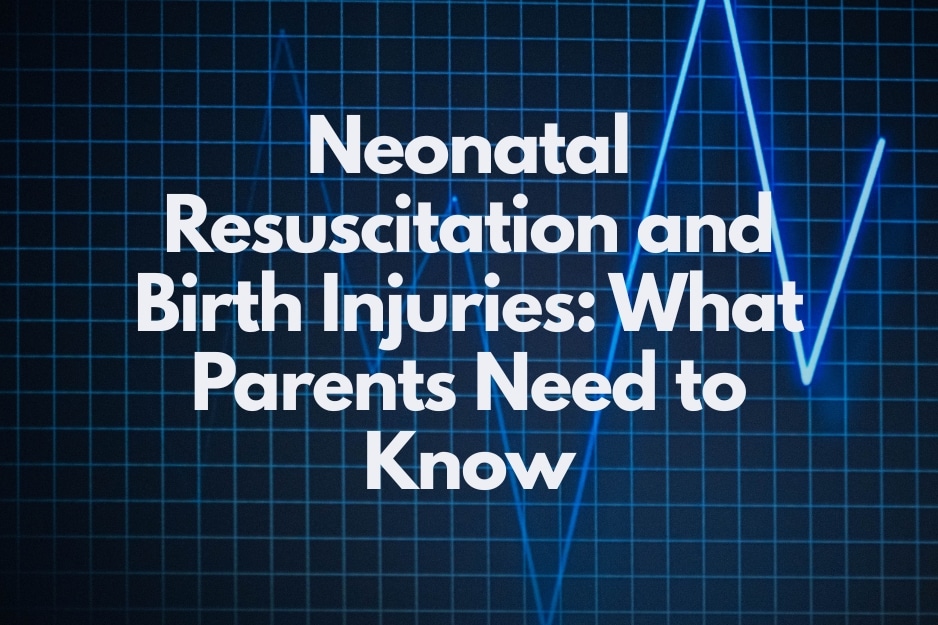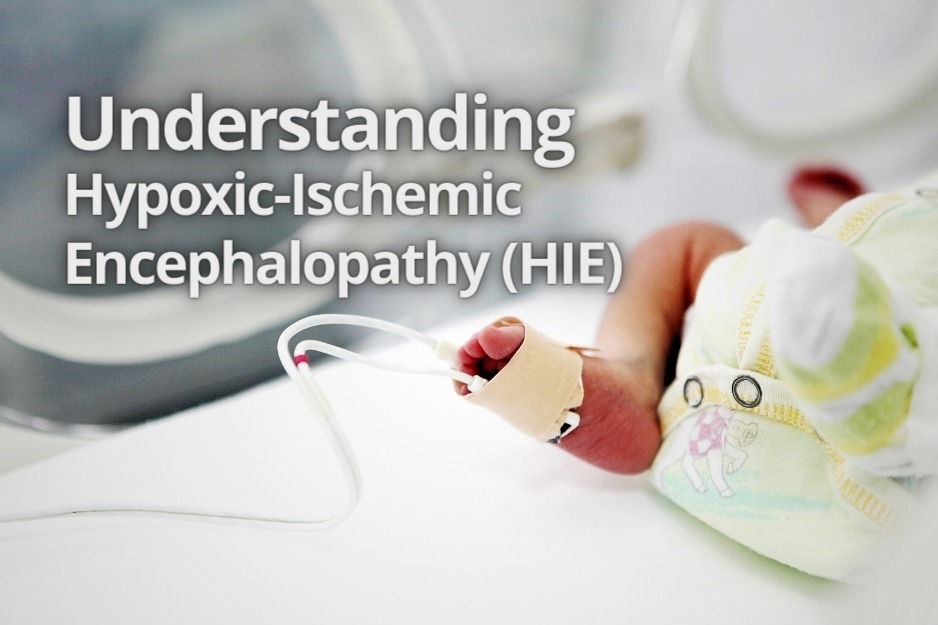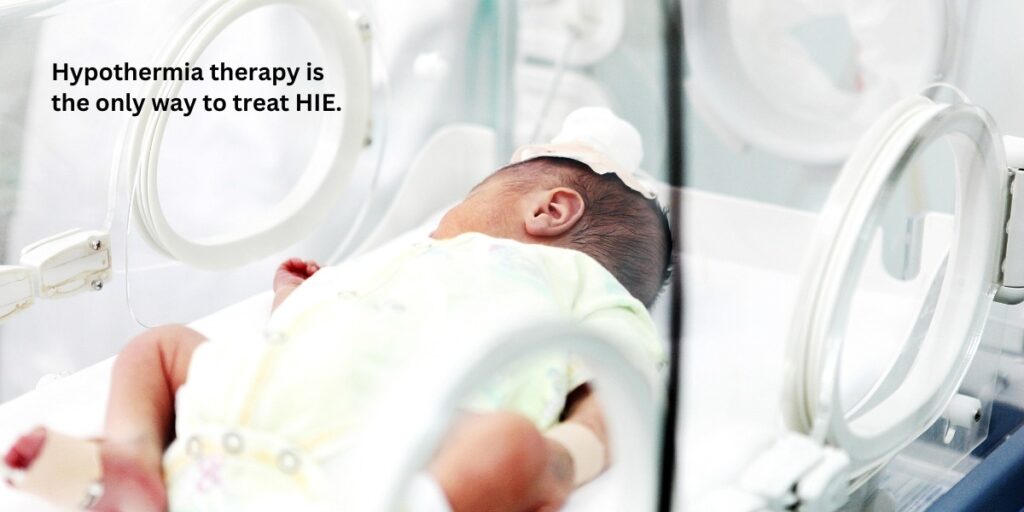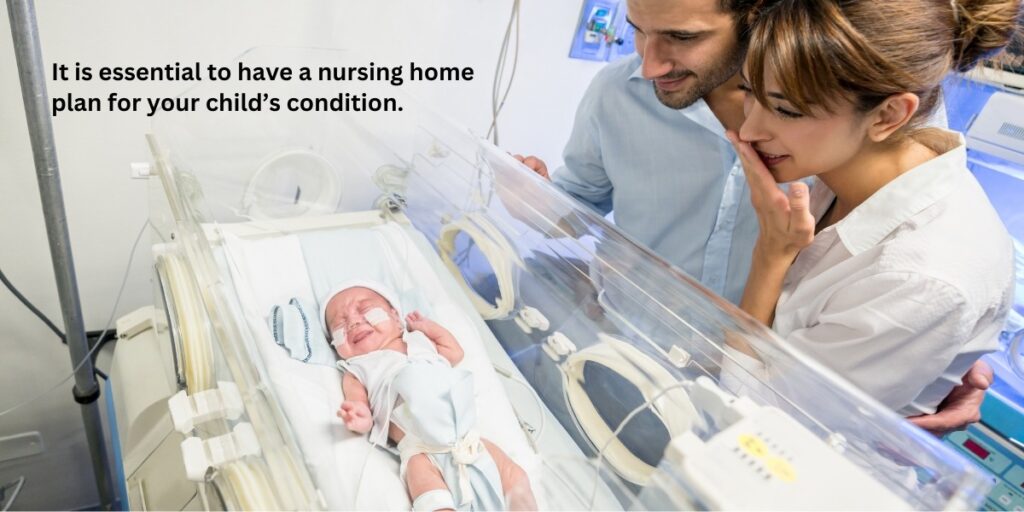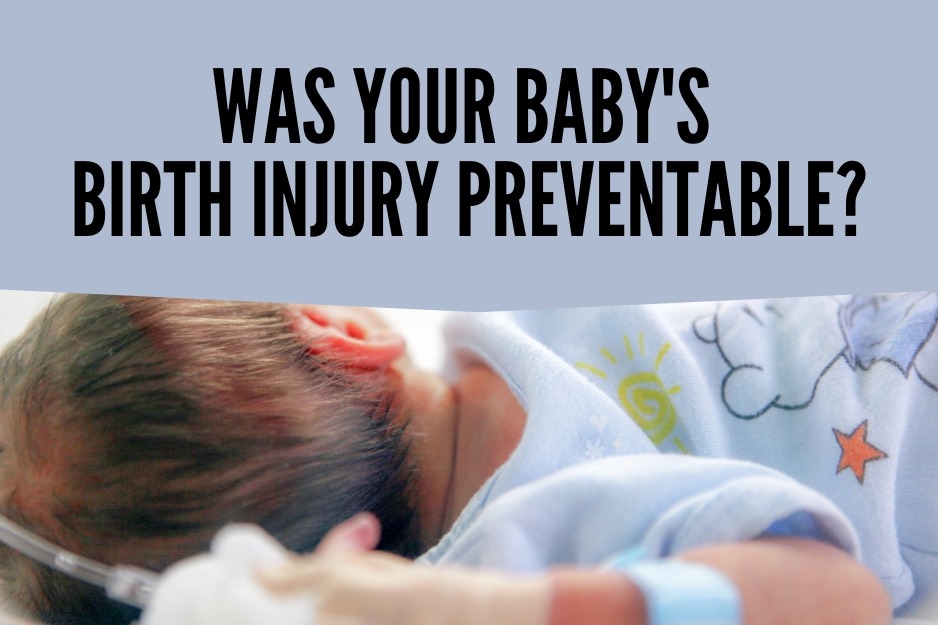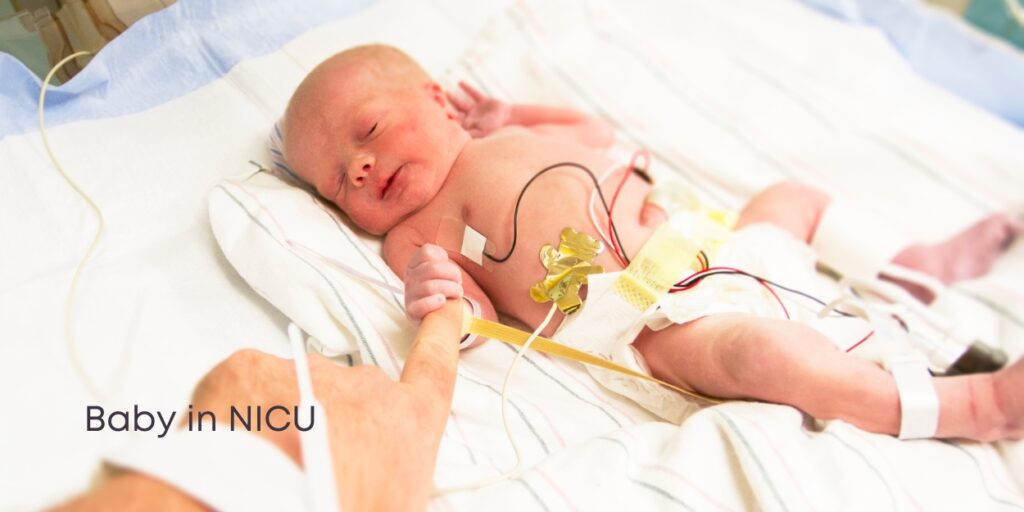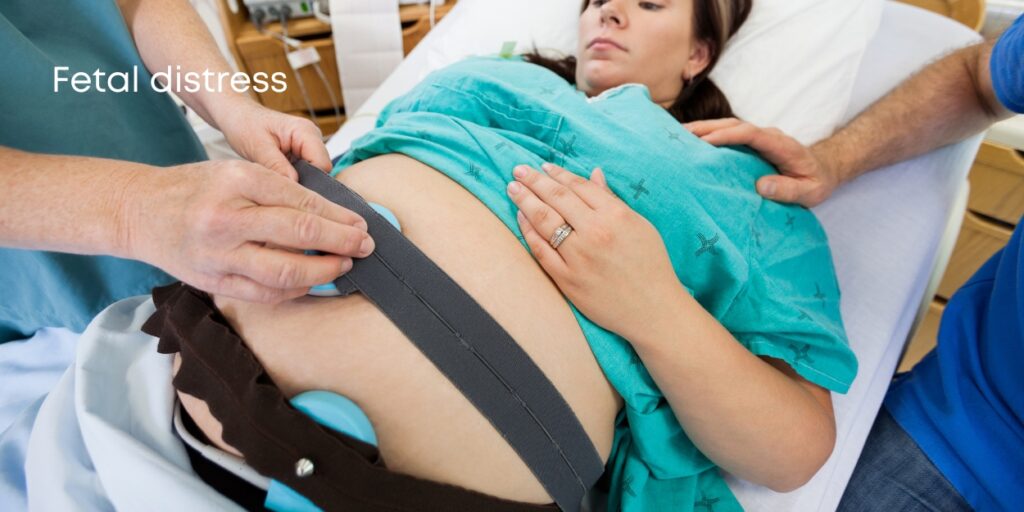Most babies make the transition from being in utero to being able to breathe room air on their own as soon as they are born. However, about 10% of newborns require some assistance with breathing, and of that 10%, fewer than 1% require extensive neonatal resuscitation measures.
The equipment and the medical team members trained to resuscitate newborns are required in every hospital’s labor and delivery department.
Although only 10% of newborn babies require neonatal resuscitation, meaning only 10% of parents have this experience, it is worth describing here in some detail, because it is quite common that parents are not given an explanation of the medical procedures their baby has received if newborn resuscitation was performed.
When does a newborn need neonatal resuscitation?
If a newborn baby is having any difficulty breathing or has a heart rate that is too low, emergency steps are immediately taken. The intention is to stabilize the infant so that the baby receives enough oxygen and has a strong and regular heartbeat.
Medical professionals want to reduce the risk of hypoxic (oxygen deficiency) injury to the baby’s brain.
Resuscitation of a newborn occurs in several steps, from least to most invasive, and typically begins within the first minute of life. Less than 1% of babies who need resuscitation need the most invasive procedures.
What are the first steps taken to resuscitate a newborn?
The first steps taken to treat a baby who needs help breathing are focused on:
- Keeping the baby warm
- Opening the baby’s airway
- If necessary, advancing to the equivalent of CPR by providing positive pressure ventilation (PPV) to help the baby breathe and performing chest compressions if the heart rate remains too low (under 60 beats per minute).
Warmth: The baby is placed on a heated surface or under a radiant warmer to prevent an uncontrolled drop in body temperature (hypothermia) that might further slow the baby’s heart rate and breathing.
Positioning: Once on a warm surface, the baby’s head and neck are positioned to open the baby’s airway to optimize full respiration.
Suctioning: Clearing the baby’s mouth and nose with a bulb syringe or a suction catheter may be needed to remove fluid blocking the baby’s airway.
Breathing: Providing positive pressure ventilation (PPV) – with a bag and mask or CPAP device, for example – inflates the lungs to help with breathing if the baby is still struggling to breathe after suctioning.
Chest compressions: If the heart rate remains below 60 beats per minute after PPV ventilation is established, chest compressions are administered.
What are the advanced steps taken to resuscitate a newborn?
In less than 1% of newborns who do not respond to the initial resuscitation procedures, advanced interventions are undertaken:
Intubation: An endotracheal tube may be inserted to establish a secure and reliable airway.
Epinephrine: If the heart rate remains low despite ventilation and chest compressions, epinephrine or a similar medication may be administered through an IV.
What care does a baby receive after neonatal resuscitation?
- Monitoring – A baby who has been resuscitated at the time of birth will have their heart rate, breathing, and oxygen saturation rate closely monitored, once they are transferred from the delivery room to the nursery or the neonatal intensive care unit (NICU).
- Body temperature control – The baby will be regularly checked to confirm that their body temperature is normal and that they are not experiencing any trouble maintaining a normal body temperature. Any baby having trouble regulating their body temperature will need immediate additional medical care to stabilize their temperature.
- Further evaluation – After resuscitation, it may be necessary for the baby to undergo additional observation, testing, and monitoring to find the primary cause of the baby’s breathing difficulty and any other complications at the time of birth.
Hypoxic Ischemic Encephalopathy and Newborn Resuscitation
Hypoxic-ischemic encephalopathy is not diagnosed because the baby required resuscitation at the time of birth. Still, neonatal resuscitation can be an early indication that a baby suffered a hypoxic brain injury from a lack of oxygen during labor and delivery.
HIE newborns may experience difficulty breathing, a slow heart rate, and a dusky, bluish color, all of which can result in the need for immediate resuscitation.
A need for newborn resuscitation does not mean that a baby has suffered brain damage or that medical malpractice has occurred.
But neonatal resuscitation, followed by an HIE or cerebral palsy diagnosis, does mean the baby’s labor and delivery history should be examined to determine whether medical mistakes were made.
If your child was diagnosed with hypoxic-ischemic encephalopathy, let our birth injury attorneys help you find answers.
We invite you to reach out for a Free Consultation to discuss your unique situation in a caring, confidential environment. Call The Yost Legal Group at 1-800-YOST-LAW (1-800-967-8529) today.
Should I contact a birth injury law firm if my child needed to be resuscitated at birth?
You should consider contacting a birth injury attorney as soon as possible if:
- Your baby had signs of distress or injury (like seizures, difficulty breathing, or needed to be resuscitated in the delivery room).
- Your baby had low Apgar scores.
- You suspect that something went wrong during labor or delivery, or you have concerns about the medical care you or your baby received.
- Your baby has been diagnosed with a condition like hypoxic-ischemic encephalopathy (HIE), cerebral palsy, or another birth-related injury.
How The Yost Legal Group Birth Injury Lawyers Can Help.
- Free Consultation: We offer a complimentary case review to discuss your concerns, review your potential case, and address any questions you may have about your baby’s resuscitation at the time of birth.
- Medical Record Review: Our team will carefully review the medical records and help determine whether a medical mistake occurred during labor and delivery.
- Expert Insights: We collaborate with medical experts to assess whether the care provided met accepted standards of care and if any preventable factors were involved.
- No Upfront Fees: The Yost Legal Group works on a contingency fee basis, so you pay nothing unless they recover compensation for you.
If a medical mistake was made, our HIE lawyers will work to secure a lifetime of care for your child.
You can reach The Yost Legal Group by calling (800)-YOST-LAW for more information. If we file a birth injury claim on your behalf, we will fight to seek the justice and compensation you deserve.
If your infant was diagnosed with HIE or cerebral palsy and you want answers, contact The Yost Legal Group at (800)-YOST-LAW.
Birth Injury Lawsuit – HIE Injury – Neonatal Brain Injury
